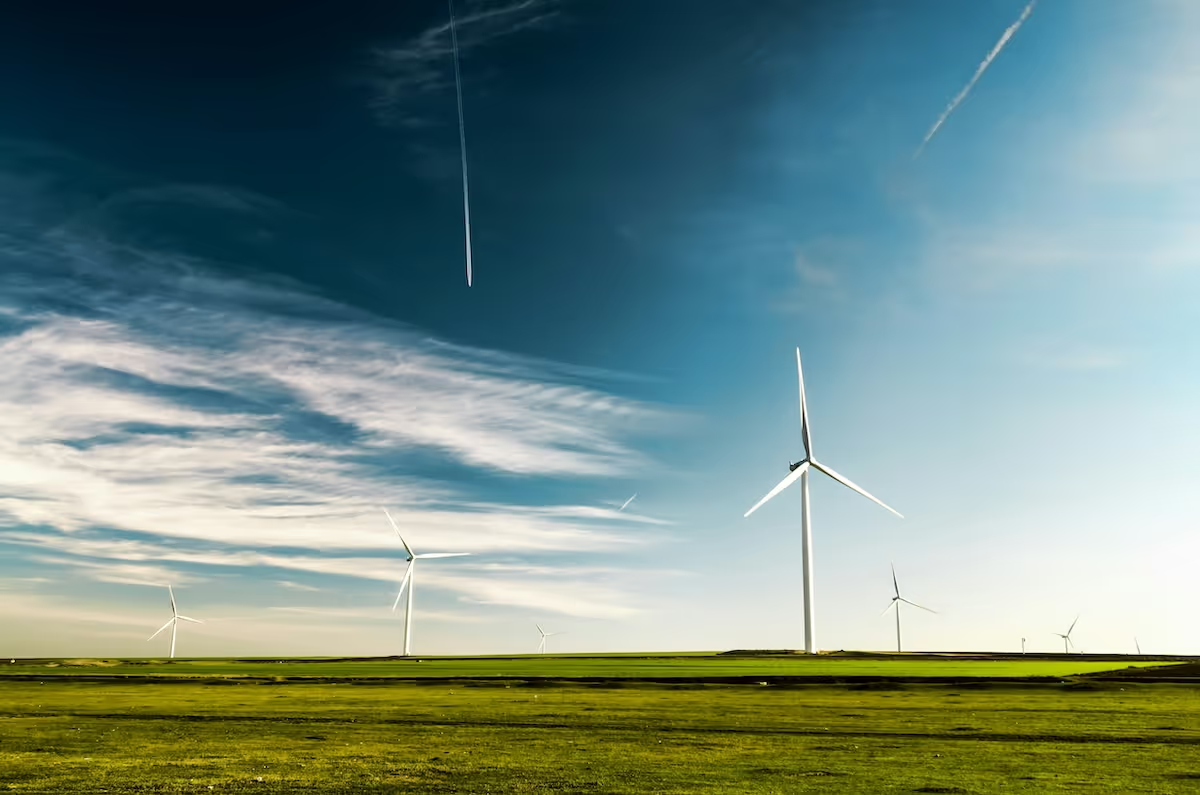Funding wind and solar parks: Is the Citizen Participation Act coming now?

Protecting the climate and earning money in the process: So-called citizen participation follows this win-win idea. This is because decentralized renewable energy generation is an essential part of the energy revolution, which can be implemented more efficiently and satisfactorily for all sides together with citizens. Especially in view of the empty coffers of many municipalities. Find out why public financial participation in renewable energy could soon be enshrined in law.
Citizen participation: cooperation between state and residents
In addition to massively changing demand groups (public) services, demographic change in Germany also leads to questions of sufficient supply retention that the state alone can no longer guarantee nationwide. In this context, the “enabling state” is discussed, which creates structures for commitment and thus enables civil society to organize and take responsibility for themselves. Or to put it simply: We are moving away from the welfare state and towards a guarantor state.
While government resources are becoming scarce, citizens are increasingly gaining self-confidence and independence. Both state institutions and civil society recognize that cooperation in partnership offers opportunities for both sides. Formal citizen participation is defined as statutory public participation in certain public decision-making processes. The best-known example is probably formal public participation within the framework of building planning law.
In a new form of equal cooperation, financial citizen participation, municipalities can count on both participation and actively involved, competent partners. This development is leading to innovative public-private partnerships in which not only the state and companies, but also the state and civil society can benefit from each other. Both in terms of influencing infrastructure projects and financial opportunities for private investors.
The options for financial citizen participation are currently diverse:
A well-known model is the closed-end fund, in which investors invest in a limited partnership that develops or acquires a specific project, such as a wind farm. Investors have a say and receive profit shares. Larger projects can also be financed by issuing shares. Cooperatives are structured in a similar way to closed-end funds, but there is corporation tax. However, they are popular due to lower production costs for brochures and the collaborative nature. Loans are suitable for purely economic investments without participation options. Investors can participate through special purpose vehicles with fixed or variable interest rates or participatory loans without the need for a sales prospectus. Alternatively, bonds or profit participation certificates can also be issued.
Financing wind and solar parks involves a lot of money. One current study The National Association of Renewable Energies (LEE) shows that, for example, new wind farms are flushing millions into the coffers of municipalities - while citizens are often still disadvantaged.
Source of money for wind and solar farms
The study took the Rotenburg/Wümme district as an example, where a particularly large number of wind turbines are to be built in the coming years. It comes to the conclusion that income from wind turbines over the lifetime of a wind turbine (20 years) can be considerable at up to two million euros per wind turbine. The proceeds include fees, business taxes and the planned acceptance tax for municipalities. Local businesses could also benefit, for example through contracts for construction and leases with farmers. A total of up to 1.1 billion euros are likely to remain in the district of Rotenburg by 2040 due to new wind farms, primarily for the benefit of the district and municipalities.
However, as citizens in particular are affected by the construction of wind and solar parks, they should also share in the profits from wind energy. This is already possible on a voluntary basis nationwide. However, several federal states are now working on laws so that residents benefit from wind or solar power in the future.
Citizen participation by law
Mecklenburg-Western Pomerania and Brandenburg were the first federal states with so-called participation regulations for the construction of wind turbines. The Federal Constitutional Court paved the way for this last year. In the case of Mecklenburg-Western Pomerania, the judges ruled that a “Obligation to involve residents and local communities in wind farms is permitted in principle” be.
that Proposed participation law for the expansion of renewable energies in Lower Saxony aims, for example, to involve municipalities and citizens more heavily in the economic success of such projects. This could be done through citizen energy cooperatives, energy-saving bonds, company shares, crowd financing, lower electricity prices, community energy foundations or other innovative participation models.
Operators of large wind farms and ground-mounted solar systems would also be required to pay 0.2 cents per kilowatt hour of electricity generated permanently to the affected communities. This is intended to significantly increase added value in rural areas through the expansion of renewable energy sources. The income from this levy would have to be used by municipalities to support the expansion of renewable energy and increase public acceptance. The use of funds would have to be disclosed annually. This law is intended to benefit people in rural areas from the benefits of expanding renewable energy sources and at the same time encourage them to actively participate in the energy transition.
The However, the bill is also receiving criticism: It is true that plant manufacturers have a participation obligation, who must offer citizens and municipalities a total of 20 percent participation. However, there are restrictions on this purchase right: Citizens must be registered within five kilometers of the wind turbine. Citizen energy cooperatives can still participate.
Financial citizen participation in various forms can make a significant contribution to the success of the energy transition - if the participation models reflect local conditions, comply with the project promoter's strategy and meet the expectations of citizens and investors.



